Stir-fried mantis shrimp, a dish beloved in coastal cuisines across Southeast Asia and beyond, offers a tantalizing blend of textures and flavors that captivate the palate. Known for their sweet, briny flesh and striking appearance, mantis shrimp—or squat lobsters—are a culinary delight when prepared correctly. This article guides you through the intricacies of creating a restaurant-quality stir-fried mantis shrimp dish at home, focusing on technique, ingredient selection, and the delicate balance of seasonings that elevate this seafood specialty to new heights.
Understanding Mantis Shrimp: More Than Just a Crustacean
Before diving into the cooking process, it’s essential to appreciate the star ingredient. Mantis shrimp are not true shrimp but belong to the order Stomatopoda, renowned for their powerful claws and vibrant colors. Their meat is firm yet tender, with a subtle sweetness that pairs beautifully with bold spices and aromatics. When selecting mantis shrimp, freshness is paramount. Look for specimens with intact shells, bright eyes, and a mild oceanic scent. Frozen options can suffice, but ensure they are thawed slowly in the refrigerator to preserve texture.
Essential Ingredients: Building Flavor Layers
The magic of stir-fried mantis shrimp lies in the harmony of its components. Here’s a breakdown of the key elements:
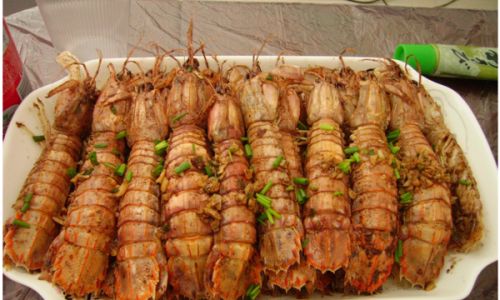
- Mantis Shrimp (1.5–2 lbs): Cleaned and trimmed. For larger specimens, consider halving them lengthwise for even cooking.
- Aromatics: Fresh garlic (6–8 cloves), ginger (2-inch piece), and shallots (3 medium bulbs) form the flavor base.
- Spices: Dried chili flakes or fresh bird’s eye chilies (to taste) add heat, while Sichuan peppercorns (1 tsp) impart a numbing citrusy note.
- Sauce Base: A blend of oyster sauce (2 tbsp), soy sauce (1 tbsp), fish sauce (1 tsp), and a touch of honey (1 tsp) creates umami-rich depth.
- Acid: Lime juice (1 tbsp) or rice vinegar brightens the dish.
- Aromatic Oil: Toasted sesame oil (1 tsp) adds a nutty finish.
- Garnish: Fresh cilantro, scallions, and toasted sesame seeds enhance visual appeal and freshness.
Preparation: The Foundation of Excellence
Cleaning the Shrimp:
- Rinse the mantis shrimp under cold water.
- Using kitchen shears, trim off the sharp edges of the tail and legs to prevent burning during stir-frying.
- For larger shrimp, split them along the back with a sharp knife to remove the intestinal vein and allow marinade penetration.
Marinating (Optional but Recommended):
- In a bowl, combine 1 tbsp soy sauce, 1 tsp cornstarch, and a pinch of white pepper.
- Toss the shrimp gently in the marinade for 15–20 minutes. This step tenderizes the meat and seasons it lightly.
Prepping Aromatics:
- Mince garlic and ginger finely.
- Slice shallots into thin wedges.
- If using fresh chilies, deseed and julienne them.
The Stir-Frying Technique: Precision and Speed
Stir-frying is a high-heat, quick-cooking method that demands attention to detail. Here’s how to execute it flawlessly:
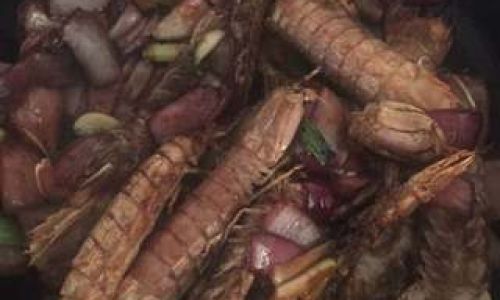
Wok or Skillet Preparation:
- Use a carbon-steel wok or a large cast-iron skillet. These materials retain heat exceptionally well, essential for achieving wok hei—the smoky, charred flavor synonymous with stir-fries.
- Heat the wok over medium-high heat until drops of water evaporate instantly. Add 2–3 tbsp of neutral oil (peanut or vegetable) and swirl to coat the surface.
Searing the Aromatics:
- Add the Sichuan peppercorns to the hot oil and stir briefly until fragrant (10–15 seconds).
- Toss in the garlic, ginger, and shallots. Stir-fry for 30–40 seconds until golden but not browned.
Introducing the Shrimp:
- Increase the heat to high. Add the mantis shrimp in a single layer, ensuring they make full contact with the wok. Avoid overcrowding; cook in batches if necessary.
- Let the shrimp sear undisturbed for 1–2 minutes until the shells turn pink and slightly charred. Flip and cook for another minute.
Adding the Sauce:
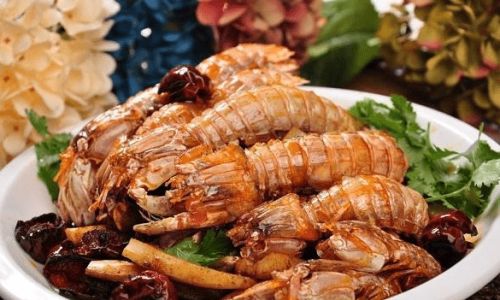
- Pour the pre-mixed sauce (oyster sauce, soy sauce, fish sauce, honey) over the shrimp. Toss vigorously to coat evenly.
- If the mixture seems dry, splash in 2–3 tbsp of water or chicken stock to create a glossy glaze.
Finishing Touches:
- Drizzle the lime juice and sesame oil, then toss once more.
- Remove from heat immediately to prevent overcooking. Mantis shrimp cook rapidly—overdoing it results in rubbery texture.
Plating and Presentation: Elevating the Dish
Transfer the stir-fried shrimp to a serving platter, scattering cilantro, scallions, and sesame seeds on top. The vibrant colors of the garnish contrast beautifully with the deep red-orange hue of the shrimp. For an authentic touch, serve with steamed jasmine rice, crusty bread, or cold noodles to soak up the sauce.
Variations and Customizations
Vegetable Additions:
- For a heartier meal, stir-fry vegetables like bell peppers, snap peas, or baby corn alongside the shrimp. Add them after the aromatics but before the shrimp.
Spice Level Adjustments:
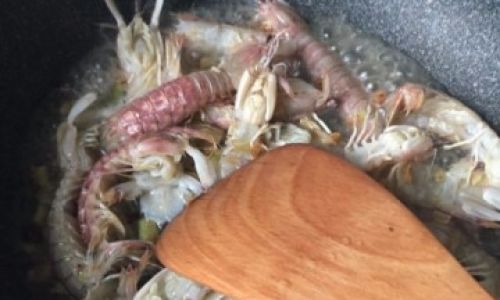
- Reduce heat by omitting chili flakes or increase it with a spoonful of chili paste (e.g., sambal oelek).
Gluten-Free Option:
- Substitute soy sauce with tamari or coconut aminos. Ensure oyster sauce is gluten-free.
Coconut Milk Infusion:
- For a creamy twist, stir in ¼ cup of coconut milk during the final minute of cooking.
Troubleshooting Common Pitfalls
- Soggy Texture: Overcrowding the wok lowers the temperature, causing the shrimp to steam instead of sear. Cook in batches if needed.
- Bland Flavor: Ensure the sauce is well-balanced. Taste and adjust seasoning before serving.
- Burnt Aromatics: Keep a close eye on garlic and ginger; they burn easily. Have all ingredients prepped and within reach.
The Cultural Tapestry of Stir-Fried Mantis Shrimp
Beyond its culinary appeal, this dish carries cultural significance. In coastal regions of Thailand, Malaysia, and China, mantis shrimp are celebrated during festivals and family gatherings. The act of sharing a communal plate of stir-fried shrimp symbolizes abundance and togetherness. By mastering this recipe, you’re not just cooking—you’re honoring a tradition that spans generations.
Conclusion: A Dish Worth Mastering
Stir-fried mantis shrimp is a testament to the alchemy of simple ingredients and precise technique. With practice, you’ll learn to gauge the wok’s heat, balance flavors, and achieve that coveted char without sacrificing tenderness. Whether you’re a novice cook or a seasoned home chef, this dish invites creativity and rewards patience. So, fire up your wok, gather your ingredients, and embark on a culinary adventure that promises to delight the senses and impress even the most discerning palates. Bon appétit!
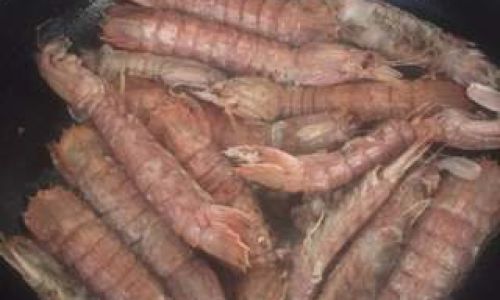
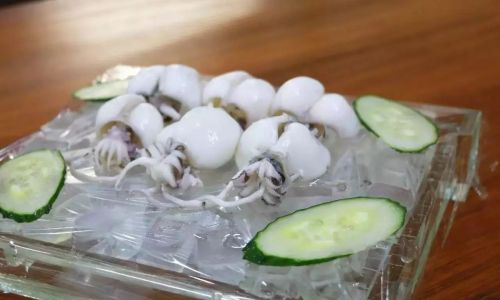
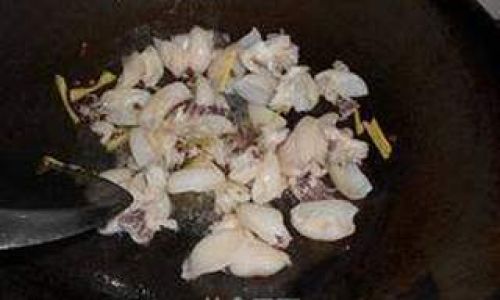
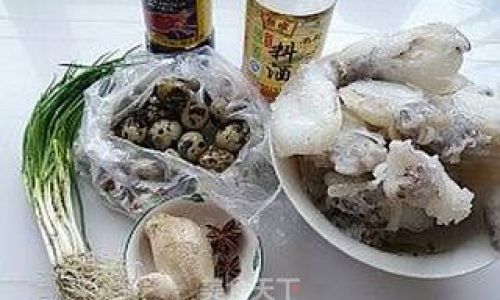
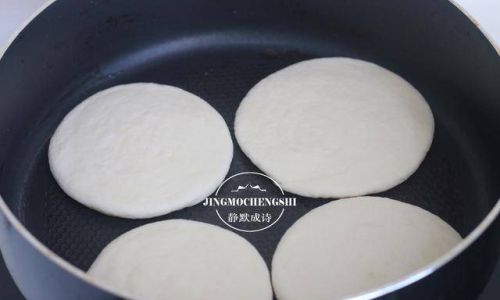

0 comments